How to Use Powerful Storytelling in Content Marketing?
Let’s start with a simple question: why do you grab food products of certain brands from shelves?
The story and branding behind your brand are the keys to making a product sell faster. You must think about creating your story and sharing it with your audience to secure your place in the market.
Content marketing is the best strategy to help you create and share your story. Around 82% of marketers use content marketing, and you can also benefit from content if you use the creative edge of storytelling.
Are you interested in learning how to use storytelling in content marketing? Keep reading to find seventeen actionable storytelling content marketing tips that can help you make more sales!
1- Start with the essentials
No marketer can deny the importance of storytelling in marketing. To create the best stories that engage your readers and help you get the best results, you have to create your stories by following the basics of storytelling in content marketing.
These are the five essentials of every great story:
- A hero
- A goal
- A conflict
- A mentor
- A moral
-
A hero
You must portray your customer as the “hero” of your story instead of presenting your product or service as the savior.
-
A goal
The next step is connecting the goal to your hero, the customer. Identification of the goal will help you connect with the hero in your story.
-
A conflict
Adding an obstacle will show how the hero in your story benefited from the product you provided as a mentor.
-
A mentor
You guide your hero as a mentor to help them achieve their goal. Don’t portray that you can definitely solve the problem of your hero; you’re a mentor who’s only there to guide rather than solve any problem.
-
A moral
The moral is how the reader/viewer of the story can benefit from your business to solve the problems they face like the hero in your story.
2- Know “why” you want to create stories
Before you go on to develop a powerful story, you should know why is storytelling important in content marketing.


Source: visme.co
The driving force behind storytelling is to help you get closer to your target audience. For example, storytelling in content marketing allows you to answer why your audience should:
- Believe your business
- Trust your business
- Buy from you
Storytelling allows you to answer all three questions at the right time. Your story shows how your brand is better than your competitors by enabling you to add your USP to your content.
3- Identify your core message
Adding storytelling in content marketing will only benefit you if you have a clear core message. Your story will only entertain your reader and won’t serve the real purpose if you forget to add why you created a story in the first place.
Here are some tips for defining your core message:
- Understand your target audience.
- Jot down their pain points.
- Create the value proposition.
- Keep the message concise.
- Add emotions to your story.
- Avoid jargon in your story.
You can define the core message of your story in 10-15 words if you follow the tips mentioned above. In case you fail to do so, you should redefine the story’s core message.
4- Create your brand story


Source: columnfivemedia.com
A storytelling content marketing strategy allows you to improve your brand image. Your story enables you to humanize your brand and connect with your prospects on a deeper level. A proper story shows the basics of your brand like:
- Your company’s origins
- Values of your company
- Your future goals
- Your mission statement
Pick the points mentioned above and center your story on them.
5- Focus on the audience persona
The Power of Storytelling in Content Marketing helps you get closer to your target audience. Before you go on to create amazing stories, the first thing you should do is get closer to your prospects. Any sound will sound salesy and boring to your customers if you aren’t familiar with your target audience.


Source: usertesting.com
You should be familiar with what inspires your audience and what challenges they face. Knowledge of their everyday life will help you weave a story that inspires your readers and persuades them to try your products and services.
6- Identify the pain points of your audience
Pain points are specific problems that baffle your target audience. An important part of storytelling in content marketing is identifying these pain points and providing solutions to the problems.
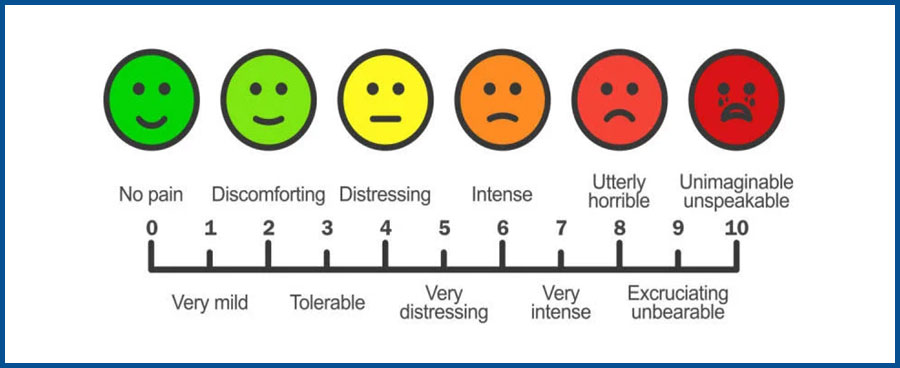

Source: wordstream.com
Pain points can be divided into four basic categories
- Financial pain points
- Process pain points
- Productivity pain points
- Support pain points
Conducting qualitative and quantitative sales research can help you easily understand your target audience’s pain points. After proper identification, you can add these pain points to your story to get in touch with your readers and persuade them to take a certain action.
7- Add emotions to answer the questions
Your journey of storytelling in content marketing can get easier if you use emotions properly in your stories.
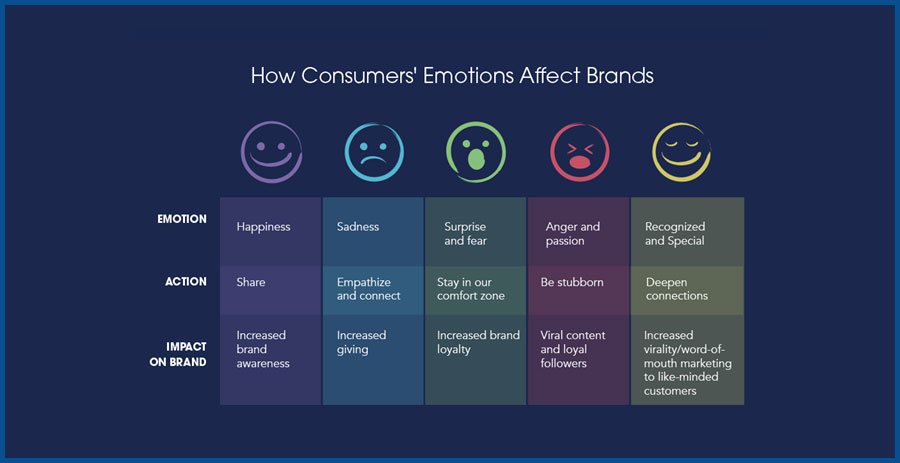

Source: business2community.com
Remember that there’s a reason behind crafting your story; to make your reader feel a certain emotion. The right emotion will strike the right chords and enable you to achieve your business goals without spending a fortune on ads.
These are some of the emotions you can include in your story:
- Fear
- Joy
- Anger
- Surprise
- Anger
8- Share stories of your teammates


Your business should not look robotic to your customers. As much as we keep hearing about using AI for our business needs, the truth is that people love to shop from businesses that are human rather than a machine that thinks of their own.
A simple way you can humanize your brand is by sharing the stories of your employees. You can show how you care about your teammates as a brand and what steps you’ve taken to increase the growth of the people who supercharge your brand.
9- Educate your target audience through stories


The creation of online content allows you to educate your readers. You can easily convert more of your prospects into customers if your story teaches them how they can make the right decision.
A proper strategy of storytelling in content marketing can help you become the thought leader in your target industry.
As mentioned above, people love to interact with human brands, and there’s nothing better than sharing your experiences to humanize your brand. Creating a story about how your brand came into being and what phases you went through shows your bumpy ride and gets you closer to your audience.
10- Infographics make the story interesting
After learning how to be a professional storyteller to produce more effective content, the next step is making your stories trustworthy. No customer will love to read bluff in the name of a story if it doesn’t provide anything reliable and valuable to them.


Source: jeffbullas.com
Making subtle additions to your story can go a long way.
Proper infographics enhance the authority of your story. A detailed infographic shows the process you’ve gone through. For example, if you are sharing the strategy you adopted to bring success to your clients, documenting your journey in the form of an infographic can simplify the concept for readers.
11- Learn from your competitors
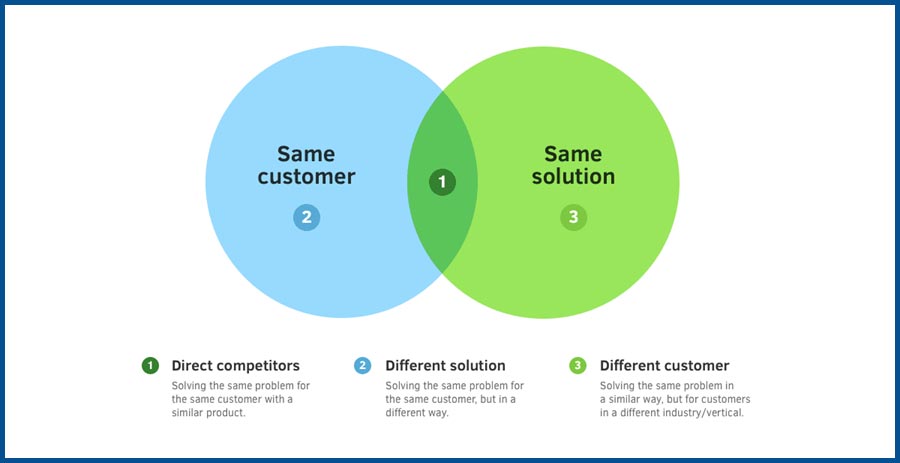

Source: buffer.com
The art of storytelling for content marketing will help you stay ahead of your competitors. But the question is, how do you start creating stories for your brand?
It can get hectic to decide what topics to choose and how to create unique stories. A simple thing you can do to create better stories is by taking a look at your competitors.
Competitor analysis will show you which movies have worked for your competitors. The
Using storytelling in content marketing will help you create authoritative content that sets you apart from your readers. The more authentic your story is, the more it will help you strengthen your position in your target industry.
12- Honesty is the key
The simple answer to “what is storytelling in content marketing?” is that it’s all about honesty. You cannot create stories out of thin air and expect great results from them.
Here is how to make your stories trustworthy:
- Add infographics to your content.
- Focus on your core message.
- Provide proof of what you say.
- Avoid adding clutter to your story.
- Add human touch to build connections.
- Keep your story short.
- Add a proper CTA to your story.
A valid story will show your positives and improve how people perceive you in your target industry. Don’t forget to check these points before you write any story.
13- Identify your tone to create your personality
How do you plan on building a strong connection with your target audience? A simple thing you can do to create your presence in your industry is build your specific tone.
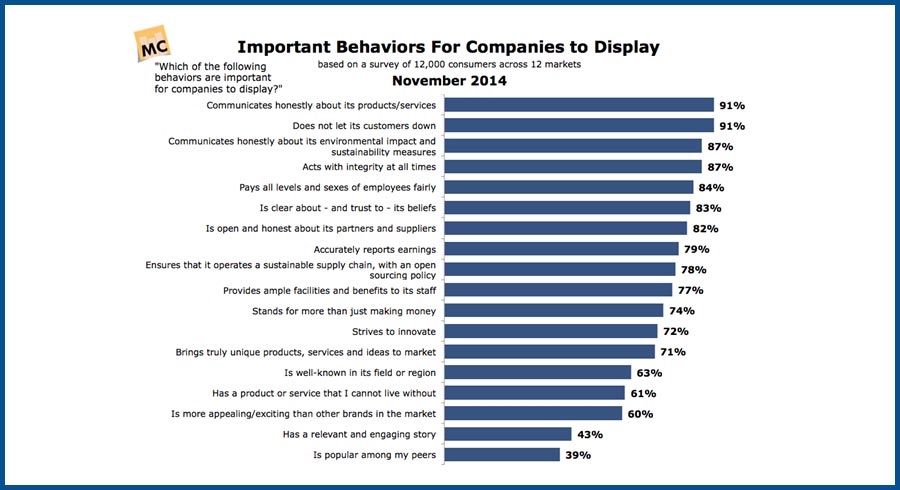

Source: marketingcharts.com
Your storytelling journey in content marketing can get easier once you specify how you will communicate with your readers.
It can get tough to identify which words to use in storytelling. Here are some tips to help you write stories that sound amazing:
- Avoid using jargon in your story.
- Don’t be predictable in what you write.
- Maintain a consistent tone in your content.
- Don’t try to sound like a corporation.
- Try to stay different from your competitors.
- Maintain a conversational tone.
- Add proper details to your story.
- Edit your story to fix any problems.
- Keep your readers engaged in your story.
- Get help from a skilled expert.
14- Research as much as you can
Proper research can help you learn how to become a better storyteller to get amazing results from marketing in the future.
As mentioned above, writing your brand story without getting to know your readers is a huge mistake. You should learn about your prospects, look at your competitors, and find out how your products/services can benefit people before you write a single word.
Let’s look at one of the famous examples of doing excellent research. This example is an ad written by master copywriter David Ogilvy.


Source: swiped.co
David shows us how you can break down the superb features of your product in simple words. In the same way, you can try to keep your story simple and free of jargon to connect with your audience.
15- The editing process
You can only benefit from storytelling in content marketing if you edit your stories thoroughly. It’s easier to think that you’ve created the best brand story ever produced in the world, but to ensure that you get closer to your readers, it’s necessary to make proper changes.
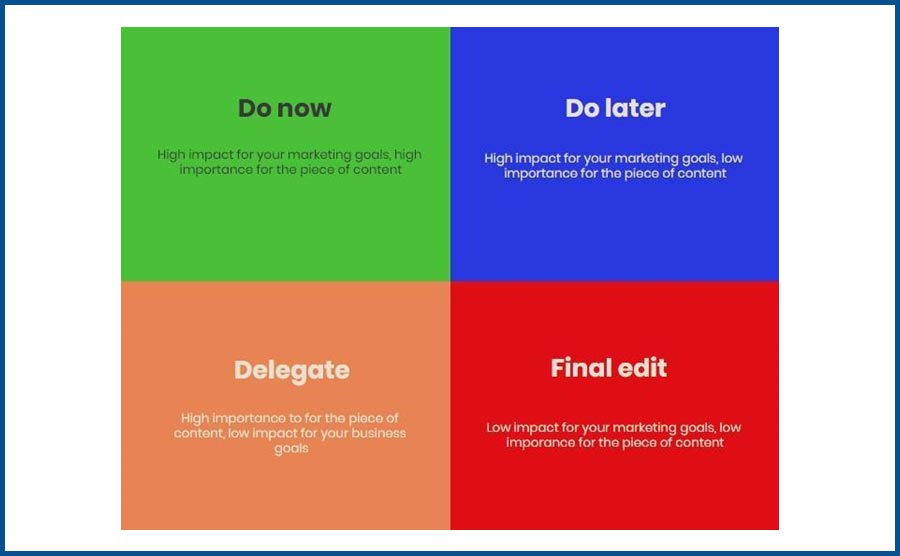

Source: wordstream.com
Start by removing clutter from your story. With the narrowing attention spans, you should keep your story concise to make people read your story.
Industrial jargon can make your stories hard to read. You must use plain language and use the words your target audience uses the most. If you cannot edit the story yourself, it’s better to get help from an expert.
16- Gather proper feedback


You can optimize the results of your digital marketing strategies by using data driven storytelling in content marketing.
No matter how much you like your story, if you have failed to get any results from it, the only option is to ditch that story in favor of a better story.
For example, if you have added a CTA to your story, you can track how many people clicked on the link you added to check the success of your story.
17- Rinse and repeat


The benefits of storytelling in content marketing must not be ignored. You have to stay consistent about your storytelling strategies to keep getting desired results.
After creating a compelling story, you must implement storytelling in all types of content you produce.
Try to add short stories to your blog content. Make changes to your brand story from time to time to make it relevant to changing trends in your target industry.
Conclusion
We hope this blog has helped you learn How to Use Storytelling in Your Content Marketing strategies. Make sure you follow all the tips mentioned above to create an amazing story. You can hire our copywriting services if you want experts to create stories that engage and cover your customers.



Leave a Comment